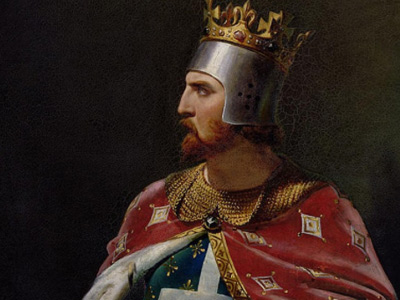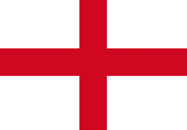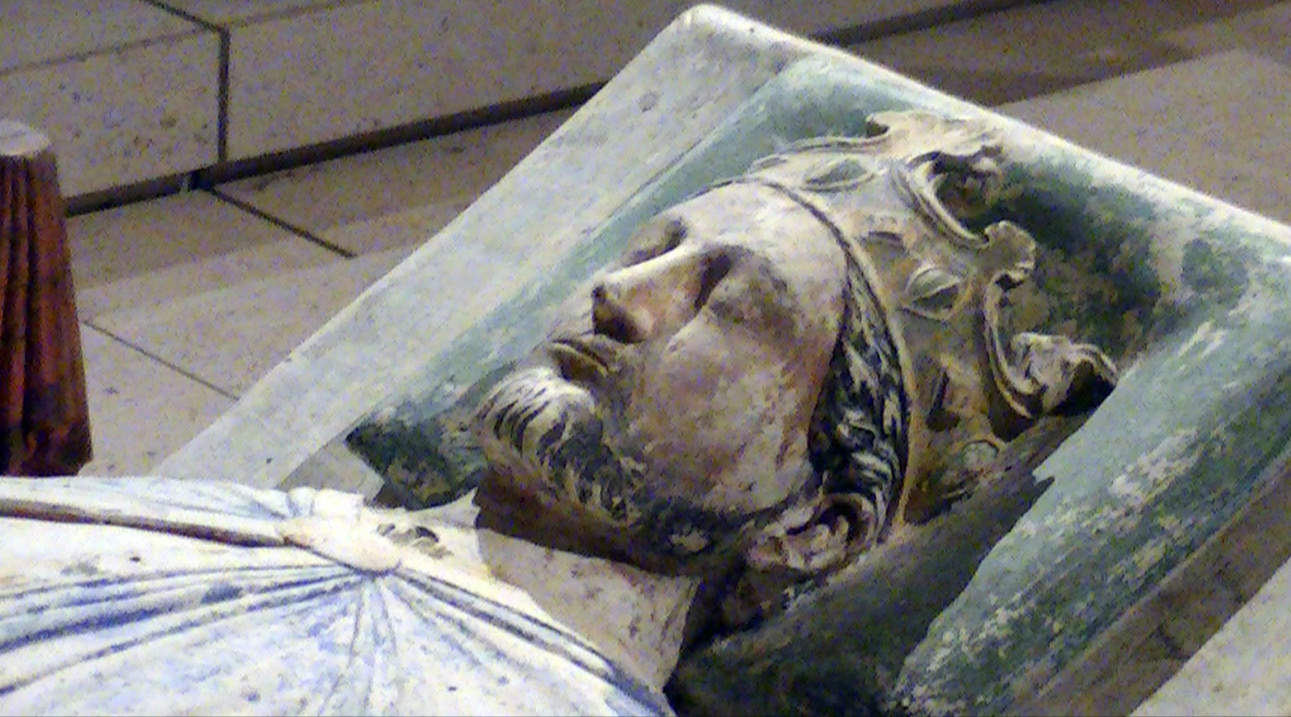Richard I of England (1157-1199)
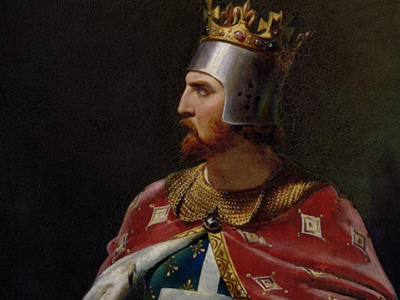
Crusade Plans
Richard had already taken the cross as Count of Poitou in 1187. His father and Philip II had done so at Gisors on 21 January 1188 after receiving news of the fall of Jerusalem to Saladin. After Richard became King of England The Kingdom of England was a sovereign state on the island of Great Britain from about 927, when it emerged from various Anglo-Saxon kingdoms, until 1 May 1707, when it united with Scotland to form the Kingdom of Great Britain. The Viking invasions of the 9th century upset the balance of power between the English kingdoms, and native Anglo-Saxon life in general. The English lands were unified in the 10th century in a reconquest completed by King Æthelstan in 927., he and Philip agreed to go on the Third Crusade, since each feared that during his absence the other might usurp his territories.
The Kingdom of England was a sovereign state on the island of Great Britain from about 927, when it emerged from various Anglo-Saxon kingdoms, until 1 May 1707, when it united with Scotland to form the Kingdom of Great Britain. The Viking invasions of the 9th century upset the balance of power between the English kingdoms, and native Anglo-Saxon life in general. The English lands were unified in the 10th century in a reconquest completed by King Æthelstan in 927., he and Philip agreed to go on the Third Crusade, since each feared that during his absence the other might usurp his territories.
Richard swore an oath to renounce his past wickedness in order to show himself worthy to take the cross. He started to raise and equip a new crusader army. He spent most of his father's treasury (filled with money raised by the Saladin tithe), raised taxes, and even agreed to free King William I of Scotland from his oath of subservience to Richard in exchange for 10,000 marks. To raise still more revenue he sold the right to hold official positions, lands, and other privileges to those interested in them. Those already appointed were forced to pay huge sums to retain their posts. William Longchamp, Bishop of Ely and the King's Chancellor, made a show of bidding £3,000 to remain as Chancellor. He was apparently outbid by a certain Reginald the Italian, but that bid was refused.
Richard made some final arrangements on the continent. He reconfirmed his father's appointment of William Fitz Ralph to the important post of seneschal of Normandy. In Anjou, Stephen of Tours was replaced as seneschal and temporarily imprisoned for fiscal mismanagement. Payn de Rochefort, an Angevin knight, was elevated to the post of seneschal of Anjou. In Poitou the ex-provost of Benon, Peter Bertin, was made seneschal, and finally in Gascony the household official Helie de La Celle was picked for the seneschalship there. After repositioning the part of his army he left behind to guard his French possessions, Richard finally set out on the crusade in summer 1190. (His delay was criticised by troubadours such as Bertran de Born.) He appointed as regents Hugh de Puiset, Bishop of Durham, and William de Mandeville, 3rd Earl of Essex—who soon died and was replaced by Richard's chancellor William Longchamp. Richard's brother John was not satisfied by this decision and started scheming against William. When Richard was raising funds for his crusade, he was said to declare, "I would have sold London if I could find a buyer".
HISTORY
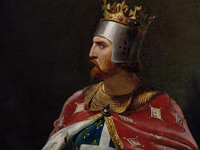
RESOURCES
This article uses material from the Wikipedia article "Richard I of England (1157-1199)", which is released under the Creative Commons Attribution-Share-Alike License 3.0.
© Stories Preschool. All Rights Reserved.
